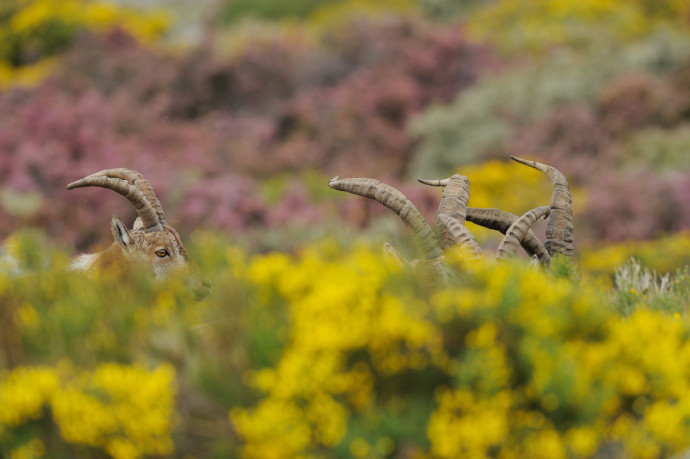“Reversing defaunation: Restoring species in a changing world”, this new article in the Science magazine reviews the full spectrum of conservation translocations, placing rewilding in the same framework of methods to reduce the depletion of animal species.

The intentional movement and release of animals has occurred for millennia, but the use of translocations to address conservation objectives is barely 100 years old. The number of such translocations has increased in the last decades, both reinforcements (release of an organism into an existing population to enhance population viability) and reintroductions (re-establish a population in an area after local extinction). Birds and mammals have been the main targets for translocations, but also the rest of vertebrates, invertebrates and plants, until 424 species counted by 2005.
But a greater challenge has appeared when trying to restore species in their historical distribution. Climate change, species invasions and land transformation contribute to the creation of novel ecosystems, and now no longer past species distribution guarantees always the future suitability. Adapting to the new situation, the Reintroduction Specialists Group of IUCN included in the updated version of the Guidelines for Reintroductions (2013) the Conservation Introductions, which involve the movement and release of an organism outside its indigenous range.
Two types of conservation introductions have been defined. The Assisted Colonization is the intentional movement of an organism outside its indigenous range to avoid extinction of populations. This method is already applied for example in New Zealand, where populations of endangered species (like the Kakapo) are released on predator-free islands.
The other approach is the Ecological Replacement, which involves the release of an appropriate substitute species to re-establish an ecological function lost through extinction. The best known example is the introduction of Aldabra giant tortoises to Mauritian offshore islands to replace the extinct Mauritian species, thus resuming seed dispersal, grazing and trampling, as important natural processes to those islands ecosystems.
In the Ecological Replacement the focus is shifted for the first time from the single-species conservation to ecosystem conservation through the restoration of natural processes.
In fact, this is not new. The cascading effects of the reintroduction of wolves into the Yellowstone National Park after 70 years of absence are well known. Elk populations decreased, but both beaver and bison numbers increased, possibly due to the increase in available woody plants and herbaceous forage resulting from less competition with Elk.
Rewilding is about restore ecosystem functioning, restoring the natural processes, and translocations of key species are a way to achieve this objective. Thus, the authors coin the term Rewilding Translocation for that purpose. This could be done releasing a species in its indigenous range with the primary aim of restoring some ecological function, but also through Ecological Replacement, using a suitable substitute species.
In practice, Rewilding Europe tries to achieve both objectives at the same time with our planned reintroductions. The European bison, as an example, is at the same time a global endangered species (with a smaller population than the black rhino!) and a powerful ecosystem shaper, opening clearings in the forest, grazing open areas and thus providing habitats for a multitude of other species.
Translocations for Rewilding, a tool to restore and sustain species and their habitats!
The study was published in the Science magazine on July 2014: Seddon, P.J.; Griffiths, C.J.; Soorae, P.S. & Armstrong, D.P. (2014). Reversing defaunation: Restoring species in a changing world. Science vol. 345 n. 6195: 406-412. Subscribe here for the Science magazine and read the full text of the article.
